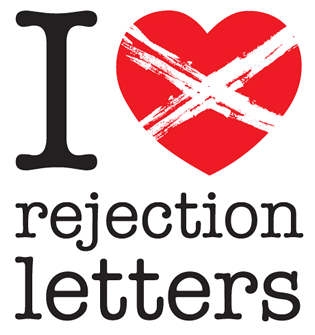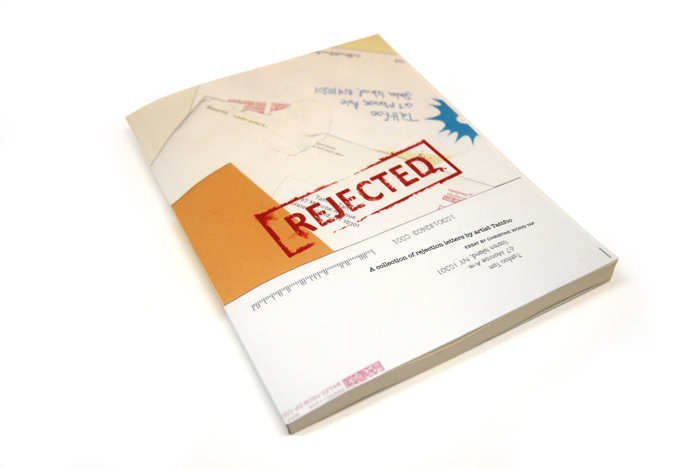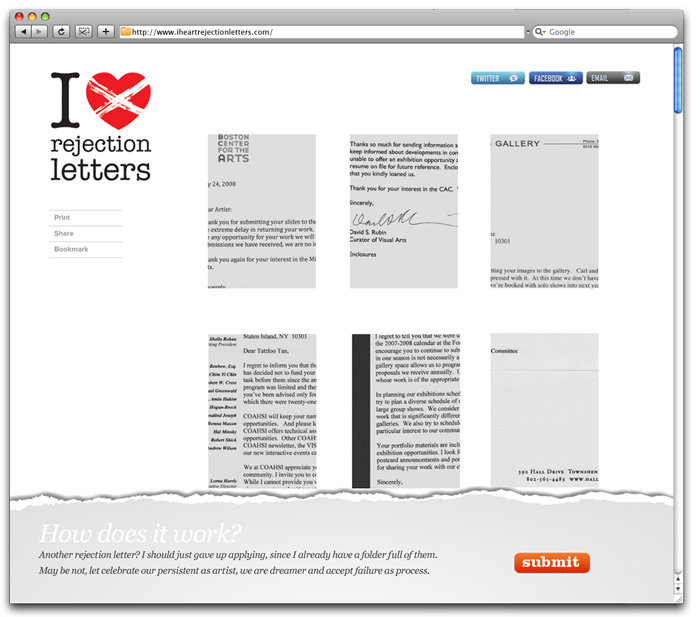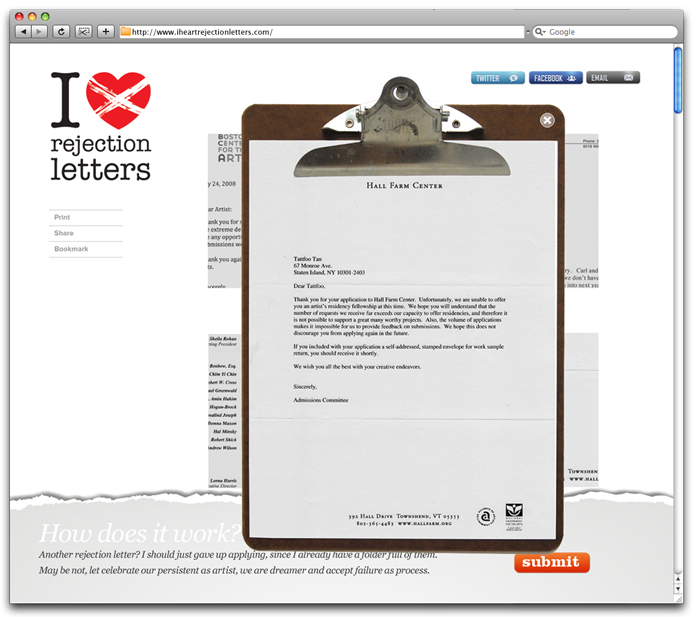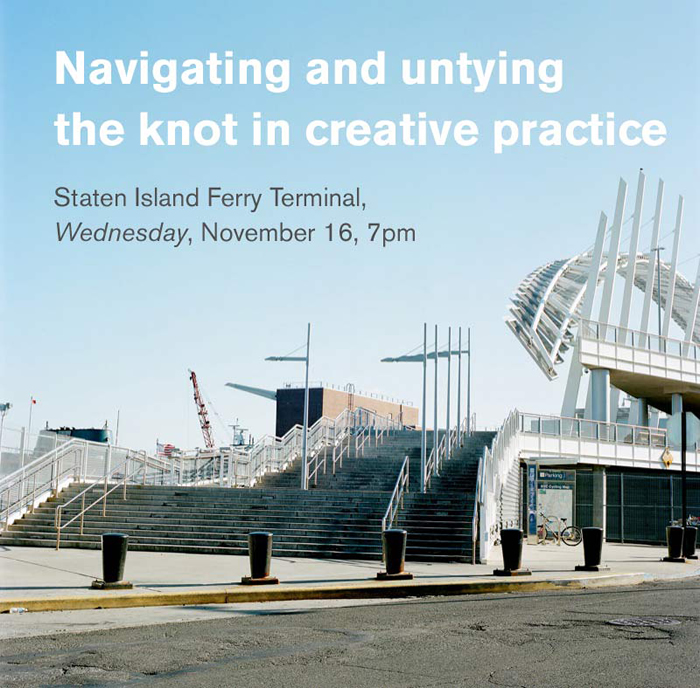These rejection letters have been collected over the years. I had no idea why I kept them instead of throwing them away. Maybe I liked the letterhead design, maybe they symbolized a scar on my ego. Now that technology has improved, these letters have been phased out and replaced by a less personal email version. I see the need to treasure these relics. They all fall into some sort of template on how to say sorry, better luck next time. Some
letters look formatted, some add a touch of humanity with a nice signature and some are truly inspiring with personal notes. Although the letter itself is a discouraging phenomena,
I found them to be encouraging. An artist’s work will gain more exposure by exposing it to the selection panelists. This is one of the ways that you can have a dedicated panel of curators, gallerists and artists sitting and paying full attention to your portfolio. I believe it is the best marketing strategy, regardless of whether or not you get the grant. This is a collection of unsuccessful applications, but I also had lots of successful commissions, representations and shows, both from the application process and by invitation. They are all documented in my resume at the end of the book. I hope you’ll keep on creating art and continue applying. Please do not take it personally if you receive another rejection letter in the mail or e-mail. It is just an editing process; it is part of being an artist.
“Nothing is a mistake. There’s no win - John Cage
|
|
Rejected, a collection of rejection letters by artist Tattfoo Tan A collection of rejection letters by artist Tattfoo Tan and an essay by Christine Wong Yap on the odds on applying for various grants opportunities. Size: 8" x 10", Pages: 212, Cover: color, Pages: black and white Order at McNally Jackson's.
"Every rejection is a form of self discovery, - Tattfoo Tan
"Every rejection is building block for - Tattfoo Tan
Navigating and untying the knot in creative practice Staten Island Ferry Terminal, Wednesday, November 16, 2011, 7pm Artist Tattfoo Tan will discuss ways to unknot our frustration, reset our mission and re-chart our course. Meet at the Visitor's Center Information Booth in the St. George Staten Island Ferry Terminal at 7pm to ride with us!
Have you ever been rejected? I have, multiple times, may be a couple of hundred times. Instead of being frustrated and negative about it, I choose to celebrate it with a new book featuring a compilation of rejection letters I've received titled, "Rejected". Now you can even join in with your own rejection letters by submitting them to iheartrejectionletters.com. When hit by rejection, know that you are not alone. Don't let rejection hurt you. Realize that rejection is a process, and nothing personal. Accept it. It may be frustrating but it doesn't have to be devastating. Learn from it, work out the connection: what you could have been done better and how can you improve your approach? 1- In the Beginning there was the Word 2- Be prepared. 4- Sit on both side of the table. 5- D-I-Y Set up your own grant program 6- Blessing in disguise 7- Never gave up 8- Free studio visit 9- Treat your practice like a business 10- This is only the beginning.
Books: Online: The No.1 Enemy of Creativity: Fear of Failure How Rejection Breeds Creativity Review:
|
